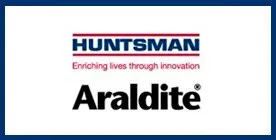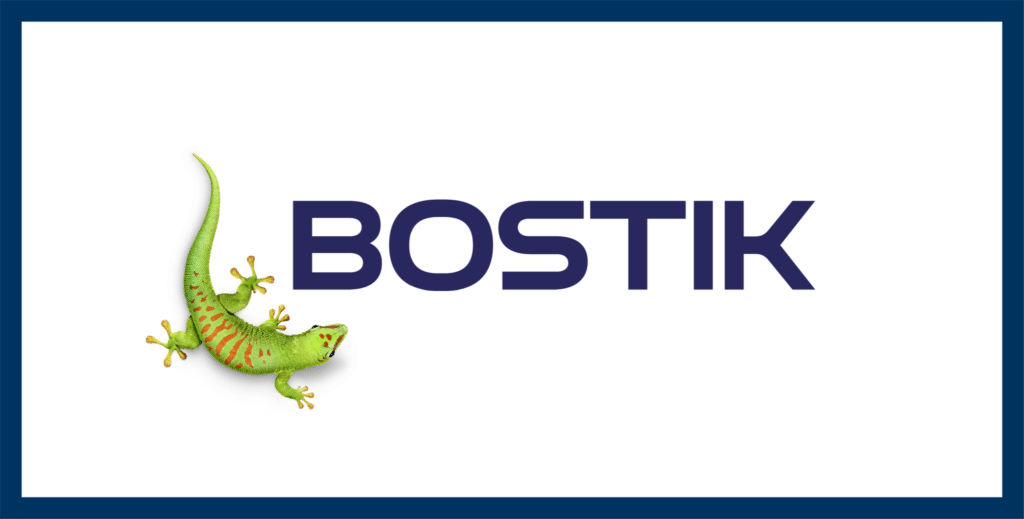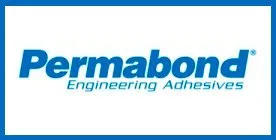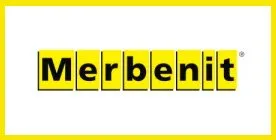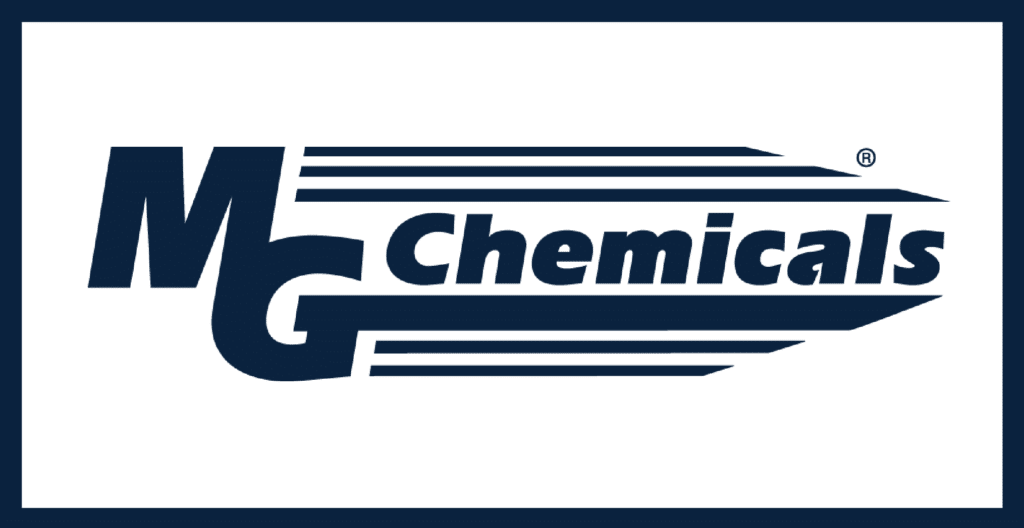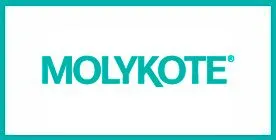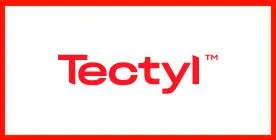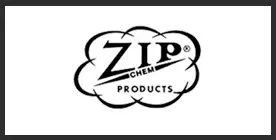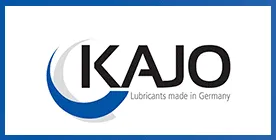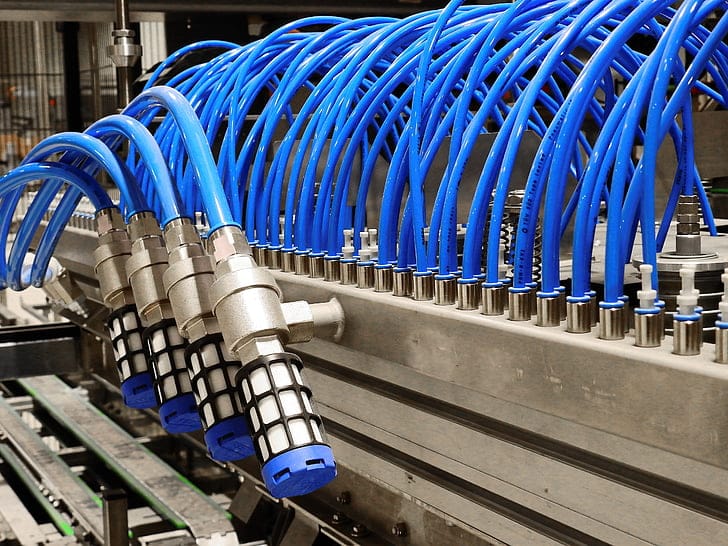What Are Medical Prosthetics?
Medical prosthetic devices are artificial, mechanical replacements for missing body parts in humans. Prosthetics have been around for a long time, which has led to their current advanced technology. Advancements in material science have allowed prosthetic devices to be made of plastics, metals and composites such as polycarbonate, carbon fibre and stainless steel; allowing for stronger, lighter and more reliable prosthetics. Modern prosthetics also utilise electronic components for improved function and accessibility.
The global prosthetics market is estimated to grow to a value of £9 billion by 2025. This growth is accounted for by developments in limb prosthetics, spinal prosthetics, sockets, liners and modular components. This has led manufacturers of medical prosthetics to look for more innovative, lightweight and economical solutions, to further advance the manufacturing process of prosthetics.
Medical Prosthetic Manufacturing
The manufacturing process of prosthetic devices is often tricky as many intricate components have to be bonded together carefully. As a result, processes such as multi-axis laser scanning, 3D printing and computer modelling are used to ensure precision.
The manufacturing process of an artificial limb typically consists of measuring the size of the required prosthetic limb; casting the shape; making the socket and fabricating the prosthesis.
Benefits of Optimised Prosthetic Manufacturing
By ensuring the manufacturing process of prosthetic devices is fully optimised, manufacturers can pave the way for:
- More comfortable prosthetics – allowing the increased quality and ease of use.
- Greater durability of prosthetics – allowing increased prosthetic use.
- Full ranges of motion allowed – to further enhance the user experience.
- Reduced bioreactivity of prosthetics.
- Easier attachment and removal of prosthetics.
- Reduced cost of manufacturing, and therefore buying price.
- Improved quality of life for the users.
Adhesives for Medical Prosthetics
Adhesives are perfect solutions for bonding medical prosthetic devices due to being:
- Lightweight
- Structurally strong
- Aesthetically pleasing
- Dielectric
- Able to bond composite and a range of diverse materials
- Able to be applied in obscure and tight spaces
- Not labour intensive to apply
Permabond offer a range of structural, flexible and threadlocker adhesives which are suitable for prosthetic devices.
Permabond PT321 is a two-component polyurethane adhesive designed for the fitting and prototyping of prosthetic limbs. It has been used in prosthetic devices manufactured via multi-axis laser scanning. It offers great resistance to impact and vibration, is fast-curing, and bonds metals, plastics and composites.
Permabond UV610 is a UV-curing adhesive designed for bonding metal to glass. It can be used on stainless steel parts as long as the second substrate allows UV light to pass through (such as glass).
Permabond UV630 is a UV-curing adhesive that can be used to bond a variety of plastic parts, including polycarbonates, which are commonly used in medical prosthetic devices.
Permabond HM1642 is a retaining compound that can be used to form extremely strong bonds between metal parts, such as stainless steel. Retainers such as HM1642 can be used to bond the inner workings of prehensors or prosthetic legs.
In general, Permabond adhesives are able to bond many parts within prosthetic devices, ranging from plastics to metals, allowing full range of motion with no detectable rigid layers.

